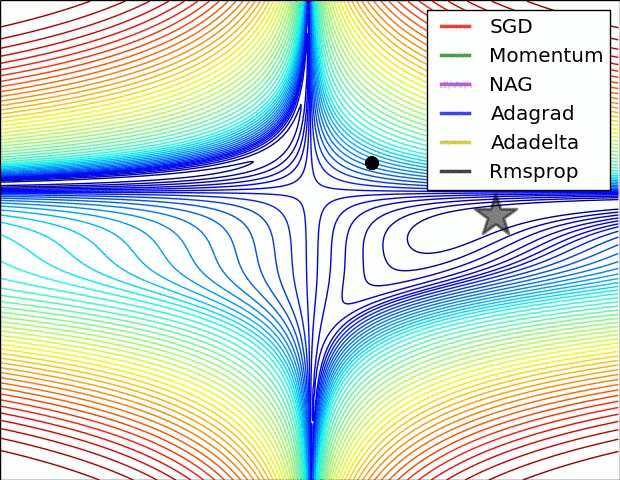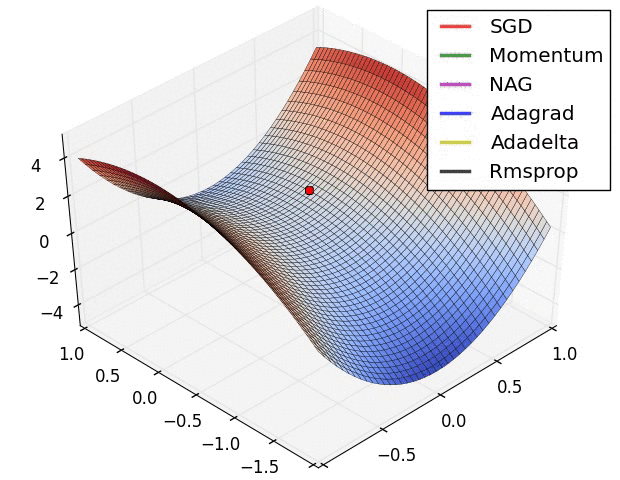のようなエポックの間隔に特定の学習率を設定する場合 0 < a < b < c < ...。次に、学習率を条件付きテンソルとして定義し、グローバルステップを条件として、これを通常どおりオプティマイザにフィードできます。
ネストされたtf.condステートメントの束でこれを達成できますが、テンソルを再帰的に構築する方が簡単です:
def make_learning_rate_tensor(reduction_steps, learning_rates, global_step):
assert len(reduction_steps) + 1 == len(learning_rates)
if len(reduction_steps) == 1:
return tf.cond(
global_step < reduction_steps[0],
lambda: learning_rates[0],
lambda: learning_rates[1]
)
else:
return tf.cond(
global_step < reduction_steps[0],
lambda: learning_rates[0],
lambda: make_learning_rate_tensor(
reduction_steps[1:],
learning_rates[1:],
global_step,)
)
次に、それを使用するには、単一のエポックにトレーニングステップがいくつあるかを知る必要があります。これにより、グローバルステップを使用して適切なタイミングで切り替え、最終的に必要なエポックと学習率を定義できます。したがって[0.1, 0.01, 0.001, 0.0001]、[0, 19], [20, 59], [60, 99], [100, \infty]それぞれのエポック間隔中の学習率が必要な場合は、次のようにします。
global_step = tf.train.get_or_create_global_step()
learning_rates = [0.1, 0.01, 0.001, 0.0001]
steps_per_epoch = 225
epochs_to_switch_at = [20, 60, 100]
epochs_to_switch_at = [x*steps_per_epoch for x in epochs_to_switch_at ]
learning_rate = make_learning_rate_tensor(epochs_to_switch_at , learning_rates, global_step)


FailedPreconditionError (see above for traceback): Attempting to use uninitialized value beta2_power